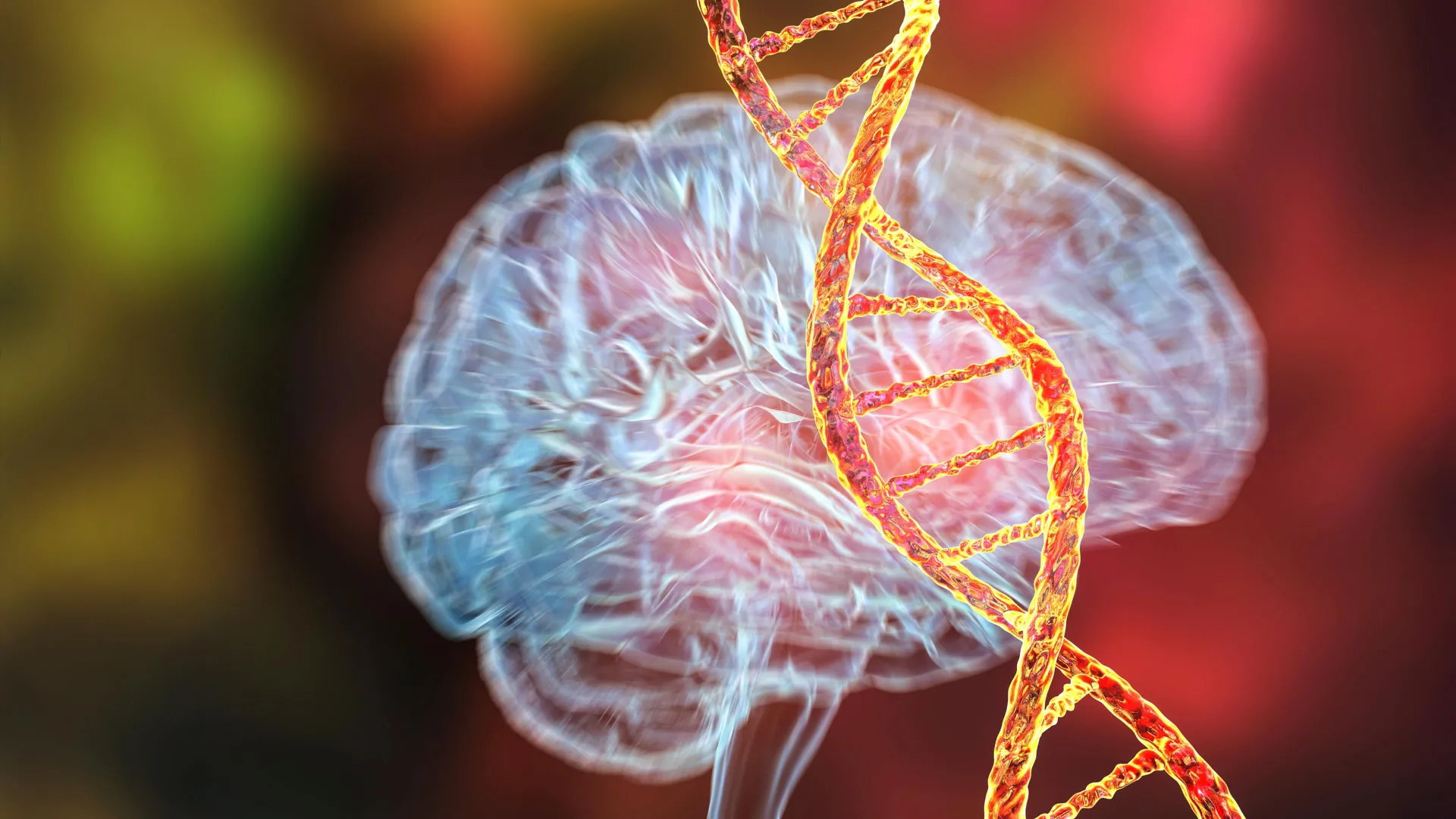Researchers at the University of California, San Diego School of Medicine, in collaboration with the genetic testing company 23andMe, have identified regions of the human genome related to cannabis use. Their discoveries reveal new genetic connections to psychiatric, cognitive and physical health, offering insights that could eventually guide prevention and treatment strategies for cannabis use disorder. The findings were published on October 13, 2025 in Molecular psychiatry.
“Cannabis is widely used, but its long-term health effects remain poorly characterized,” said Sandra Sánchez-Roige, Ph.D., associate professor of psychiatry at UC San Diego School of Medicine and lead author of the study. The researchers were also interested in the relationship between genetics and traits that contribute to the development of cannabis use disorder, which can interfere with a person’s daily life.
“While most people who try cannabis do not develop a cannabis use disorder, some studies estimate that almost 30% will,” Sánchez-Roige said. “Understanding the genetics of behaviors in the early stages can help clarify who is most at risk, opening the door to prevention and intervention strategies.”
To explore these connections, the researchers conducted a genome-wide association study (GWAS) using genetic data from 131,895 23andMe research participants. Participants completed surveys about whether they had ever used cannabis, and those who had were asked about their frequency of use.
“We have known for decades that genetic factors influence whether or not people will try drugs, how often they use them, and the risk that they will become addicted to them,” said Abraham A. Palmer, Ph.D., professor and vice chair of basic research in the department of psychiatry at UC San Diego School of Medicine and co-author of the study. “Genetic tools like GWAS help us identify the molecular systems that connect cannabis use to brain function and behavior.”
The study identified two genes significantly associated with lifetime cannabis use. The first, Cell Adhesion Molecule 2 (CADM2), plays a role in how nerve cells form connections and communicate in the brain. Previous research has linked CADM2 to traits such as impulsivity, obesity, and cancer metastasis. This same gene was also linked to how often people use cannabis.
The second gene, metabotropic glutamate receptor 3 (GRM3), influences how neurons communicate and how the brain adapts over time. GRM3 has previously been linked to psychiatric disorders, such as schizophrenia and bipolar disorder.
“We show that the genetics of cannabis use (both trying it and using it more frequently) are linked to the genetics of other psychiatric traits, cognitive measures and even physical health problems,” Sánchez-Roige said.
A secondary analysis revealed 40 additional genes associated with lifetime cannabis use and four genes associated with frequency of cannabis use. Twenty-nine of these genes had not previously been associated with cannabis-related traits.
The researchers then analyzed which health conditions correlated with a genetic predisposition to cannabis use. They analyzed thousands of traits in two large independent data sets from the National Institutes of Health (NIH). Research program All of us and the Vanderbilt University Medical Center Biobank.
Across the genome, lifetime cannabis use and frequency of cannabis use have been genetically correlated with more than 100 different traits, including psychiatric conditions (e.g., schizophrenia, ADHD, anxiety, and depression), cognitive traits (e.g., executive function and risk taking), and physical health (e.g., diabetes, chronic pain, and illness). of the coronary arteries). They were also associated with an increased risk of tobacco use, infectious diseases such as HIV and viral hepatitis, and autoimmune diseases.
The study is one of the first genome-wide association studies to examine the behaviors that precede cannabis use disorder.
“Cannabis use exists on a continuum,” said first author Hayley Thorpe, Ph.D., a visiting scholar in Sánchez-Roige’s lab and a postdoctoral researcher at Western University. “By studying these intermediate traits, we can begin to map how genetic risk develops before cannabis use disorder develops.”
There are currently no FDA-approved drug therapies to treat cannabis use disorder. The authors hope that the biological discoveries generated by GWAS will support future efforts to identify therapeutic targets and preventive interventions against the disorder.
Other co-authors of the study include: John J. Meredith, Mariela V. Jennings, Renata B. Cupertino, Shreya Pakala, UC San Diego; Pierre Fontanillas, Sarah L. Elson and the 23andMe research team at 23andMe, Inc.; Jibran Y. Khokhar, Western University; Emma C. Johnson, Washington University in St. Louis; and Lea K. Davis, Vanderbilt University Medical Center.
The study was funded, in part, by the NIH’s National Institutes on Drug Abuse (grants R01 DA050721, P50DA037844, and P30DA060810), and the Tobacco-Related Diseases Research Program (grant T32IR5226).
23andMe Research participants provided informed consent and volunteered to participate in the online research, under a Salus IRB-approved protocol, accredited by the Association for Accreditation of Human Research Protection Programs, Inc. (AAHRPP).
#DNA #shape #consume #cannabis










